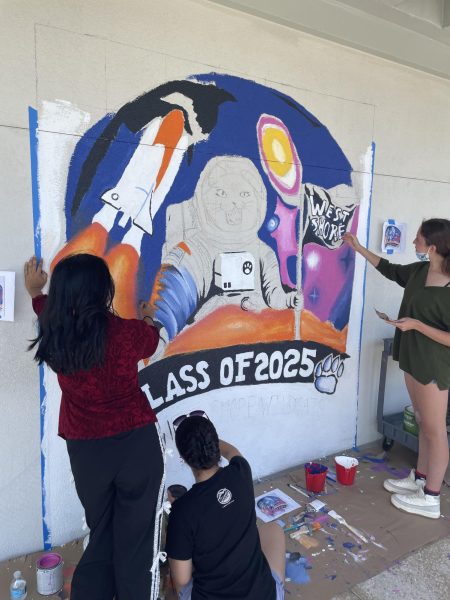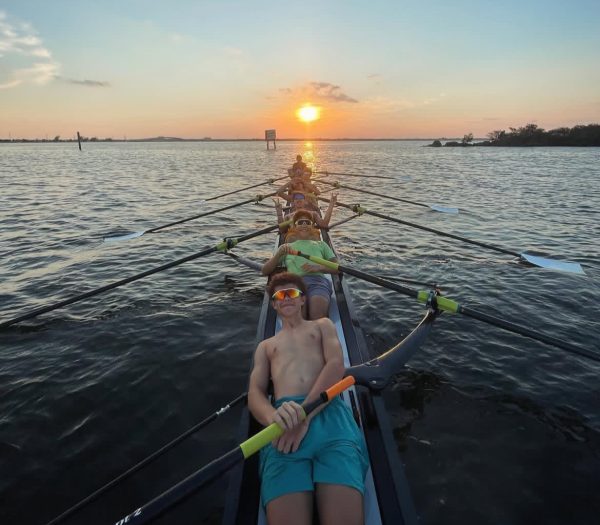Anatomy students learn about the heart
On Wednesday, April 8 the Anatomy students went to the auditorium during fifth and sixth period to participate in a real time cadaver dissection video conference with Dr. Ray Vollmer at St. Louis University.
“Six years ago the county offered to provide the video conference for free and we were the only high school to accept it,” Anatomy teacher Sherie Jenkins said.
Students found that the video was a unique chance to learn about the body and further their understanding of the material they have learned all year.
“I really enjoyed learning about the different parts of the human body and the systems, so getting to look at real organs inside the body is a real experience and something that I’ve been looking forward to for a few years,” senior Ashleigh Rabel said.
Junior Julia Kuehnast said the video allowed her see the organs without driving to the college and smelling formaldehyde, while senior Selina Arends said it was a great experience seeing a heart with a pacemaker.
“The cadaver video was really interesting because we were able to see things we had only ever talked about,” Arends said. “For example, we knew that individuals with a pacemaker had an electrical component in their heart, but actually being able to see a human heart with wires from a pacemaker made it that much more real.”
On Friday, April 10 the Anatomy students looked at cat hearts in a classroom dissection.
“During the cat dissection we were studying the heart, so we opened the cat with a scalpel and took out the heart. We got to see how closely it related to the human heart and this helped us see in person how the heart works. It was a good kinesthetic learning experience,” senior Casey Schauman said.
The heart looks simple in a text book drawing, but Jenkins said it is actually very hard to identify all the parts.
“It is difficult to pick out the four heart chambers because all the chambers and blood vessels are so twisted,” Jenkins said. “The heart is a very twisted organ.”
Arends said she was amazed at the size of the heart.
“We were able to see how such a small organ was able to pump such a large amount of blood because the cats’ hearts were about the size of a ping pong ball,” she said.
Rabel said it is important to study up on the organs before the dissection.
“I would recommend to make sure you know the organs in the body and have studied up on the parts of the heart. I knew the heart so it wasn’t a problem for me, but to really enjoy it, you have to know what exactly it is you’re looking at,” Rabel said.
Overall, students and Jenkins said they feel the two interactive heart activities helped the students better understand how the heart works and supplemented the curriculum.
By Natalie Mann


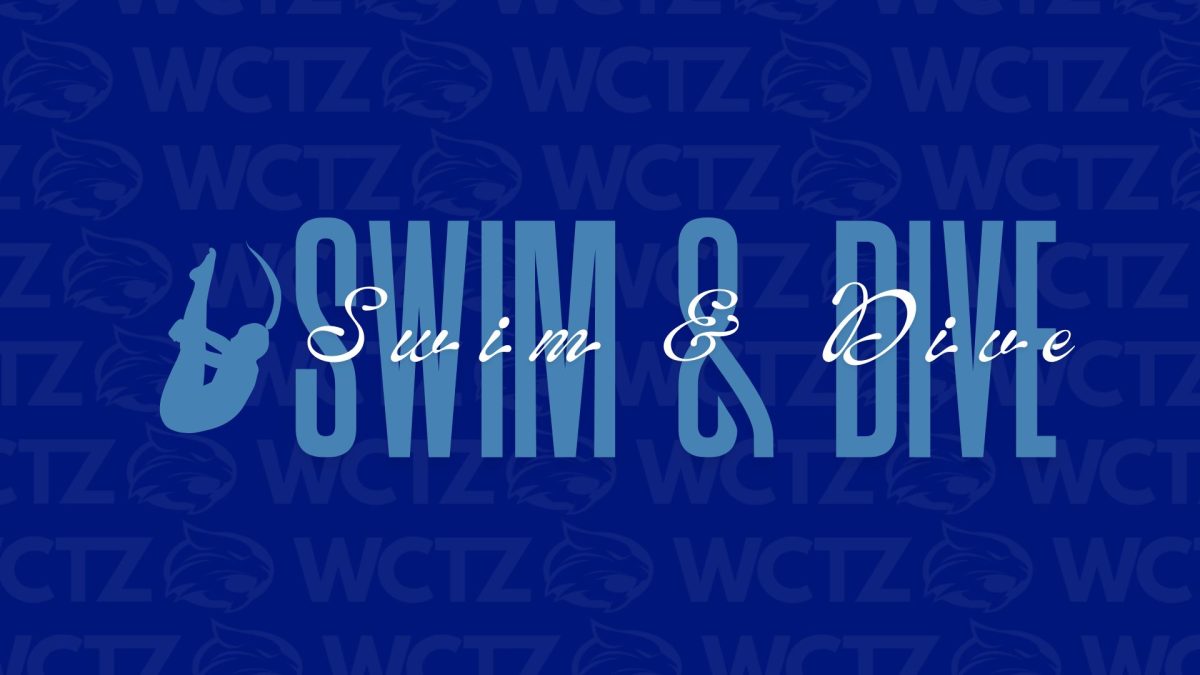
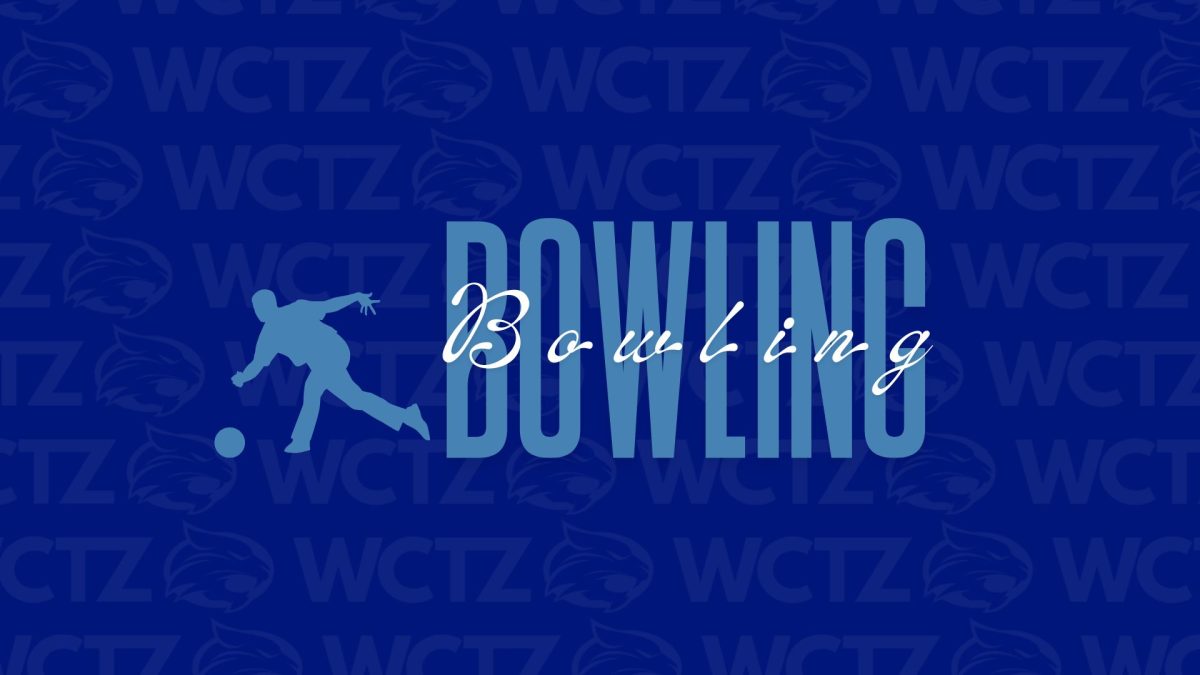
![Sophomore Isabelle Gaudry walks through the metal detector, monitored by School Resource Officer Valerie Butler, on Aug. 13. “I think [the students have] been adjusting really well," Butler said. "We've had no issues, no snafus. Everything's been running smoothly, and we've been getting kids to class on time.”](https://westshoreroar.com/wp-content/uploads/2025/08/IMG_9979-1200x800.jpg)
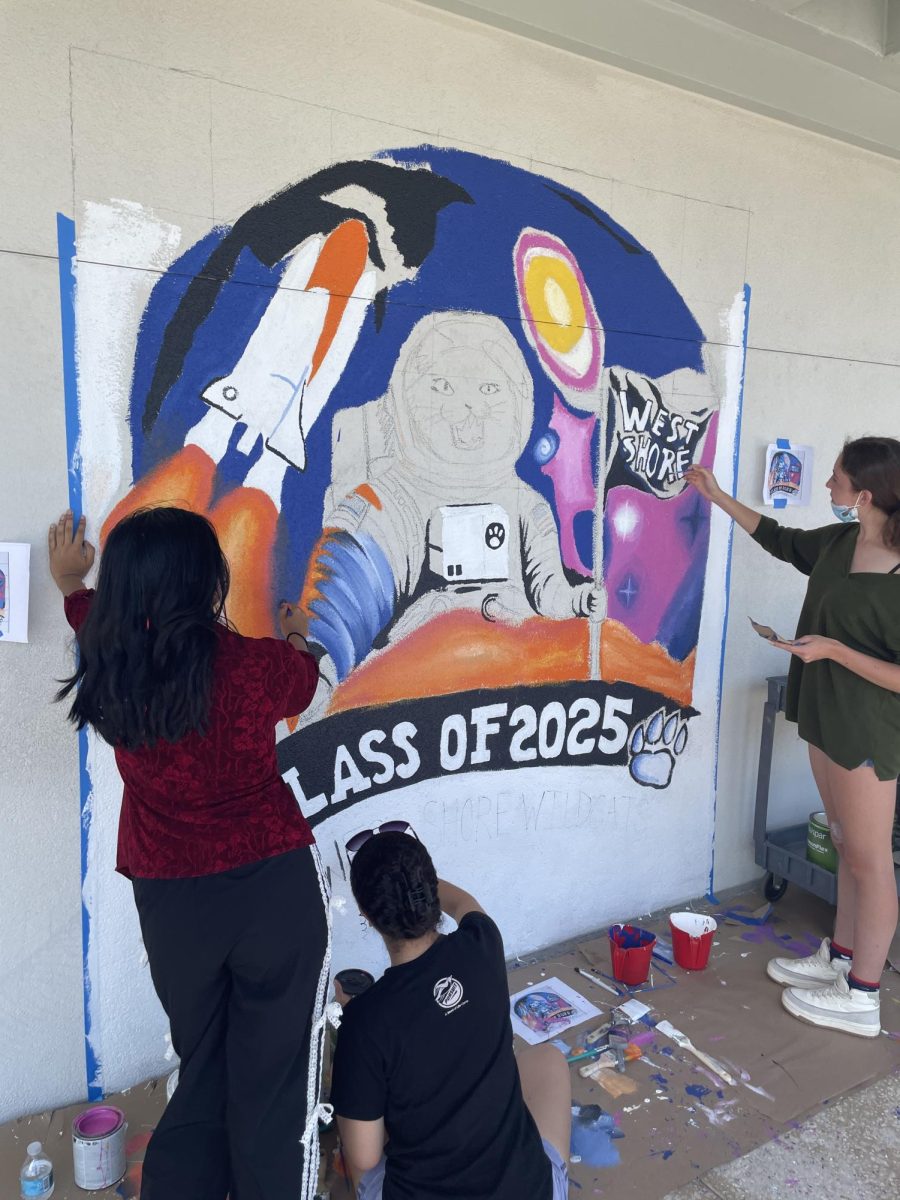
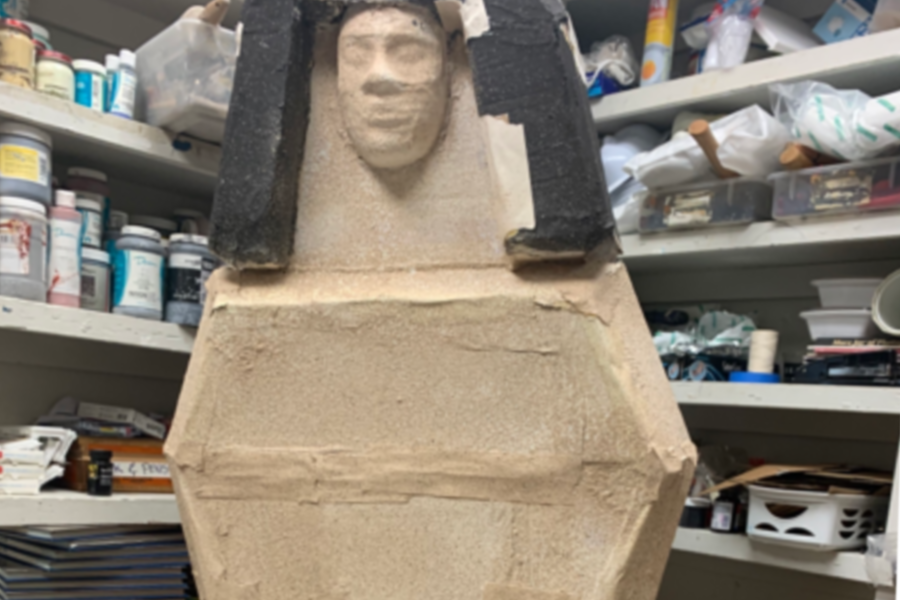
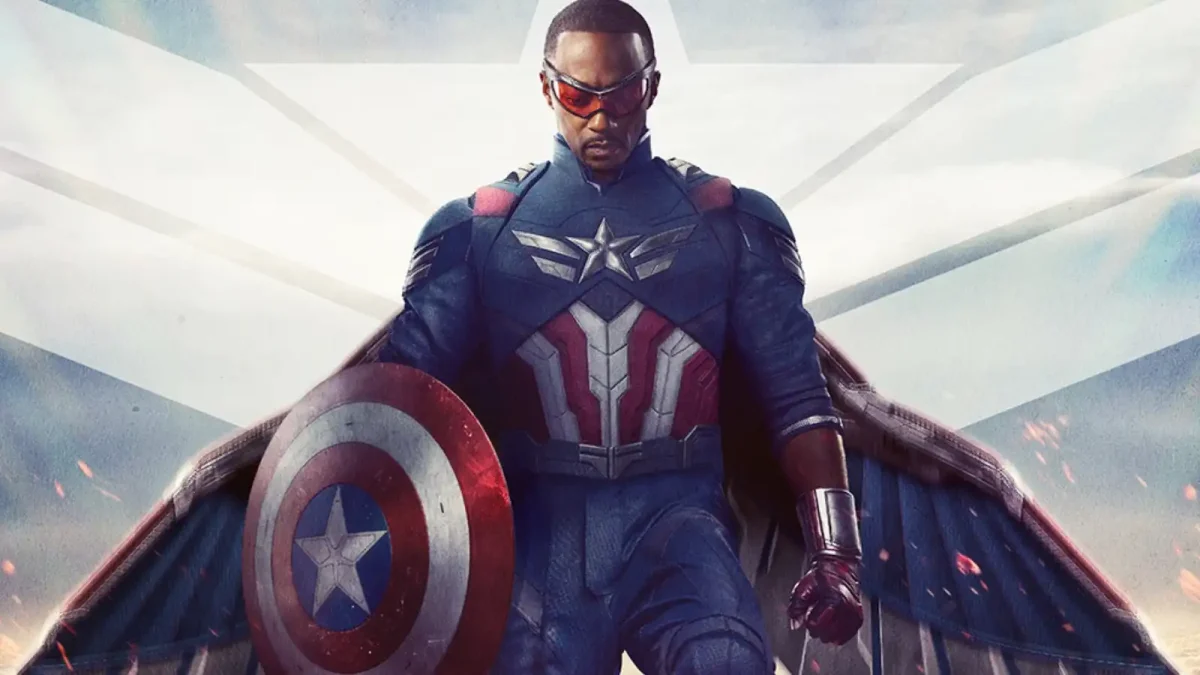
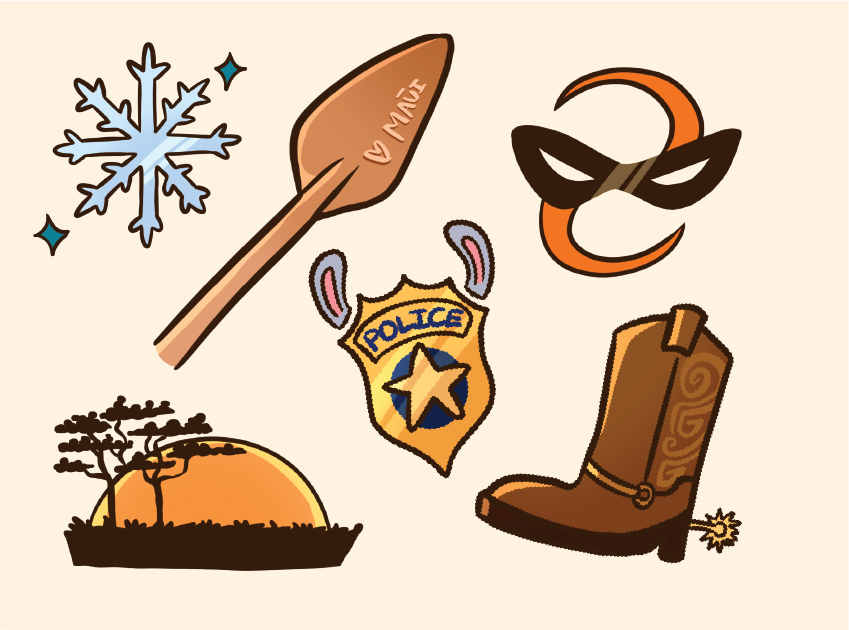
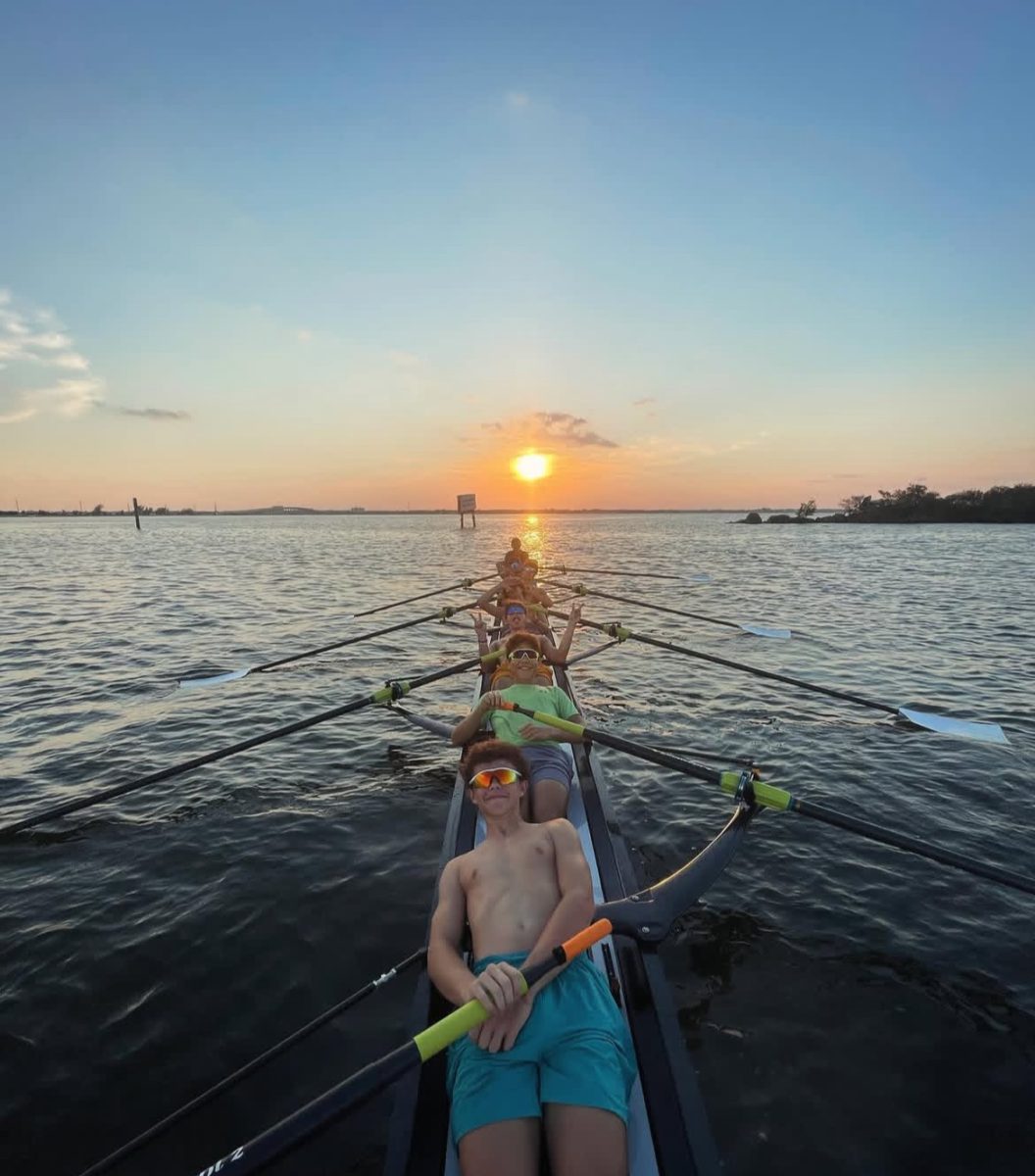
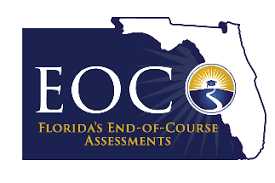

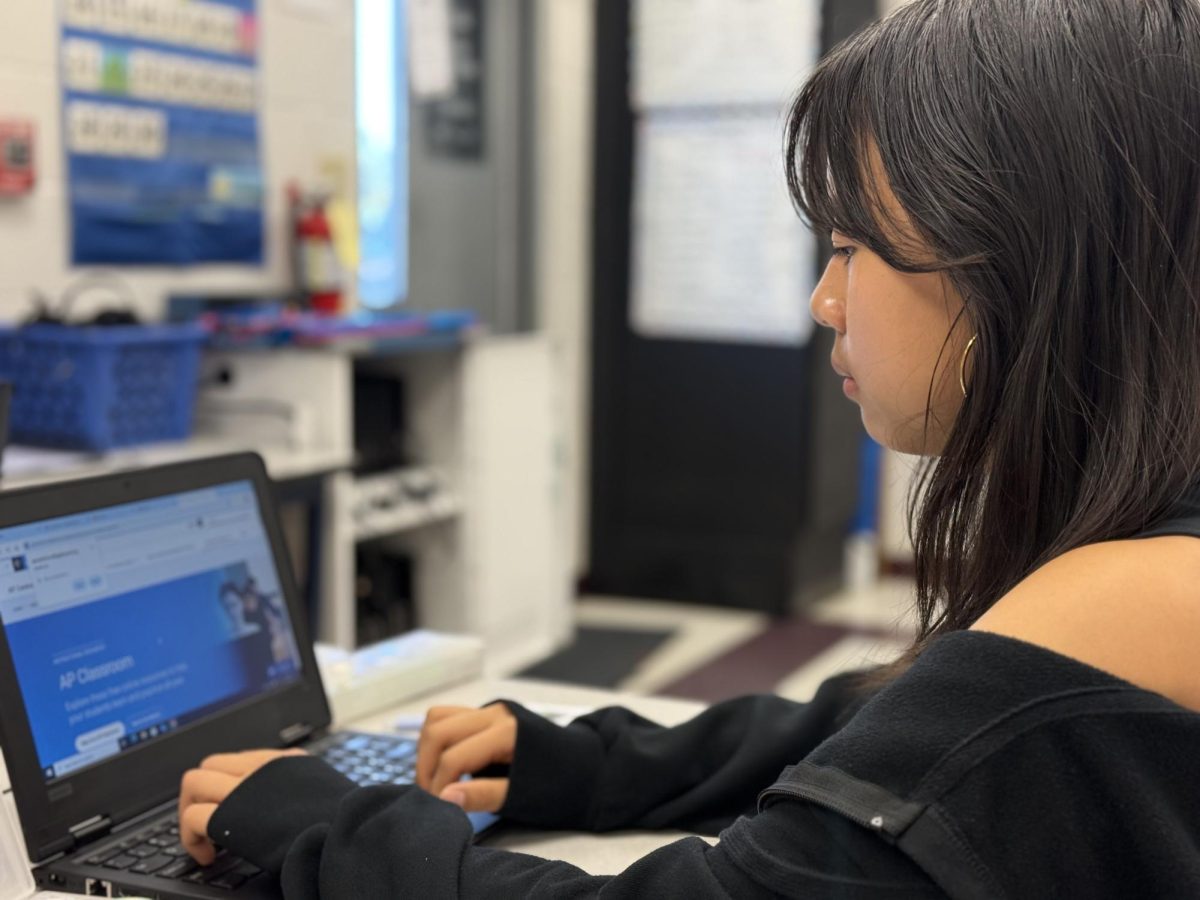
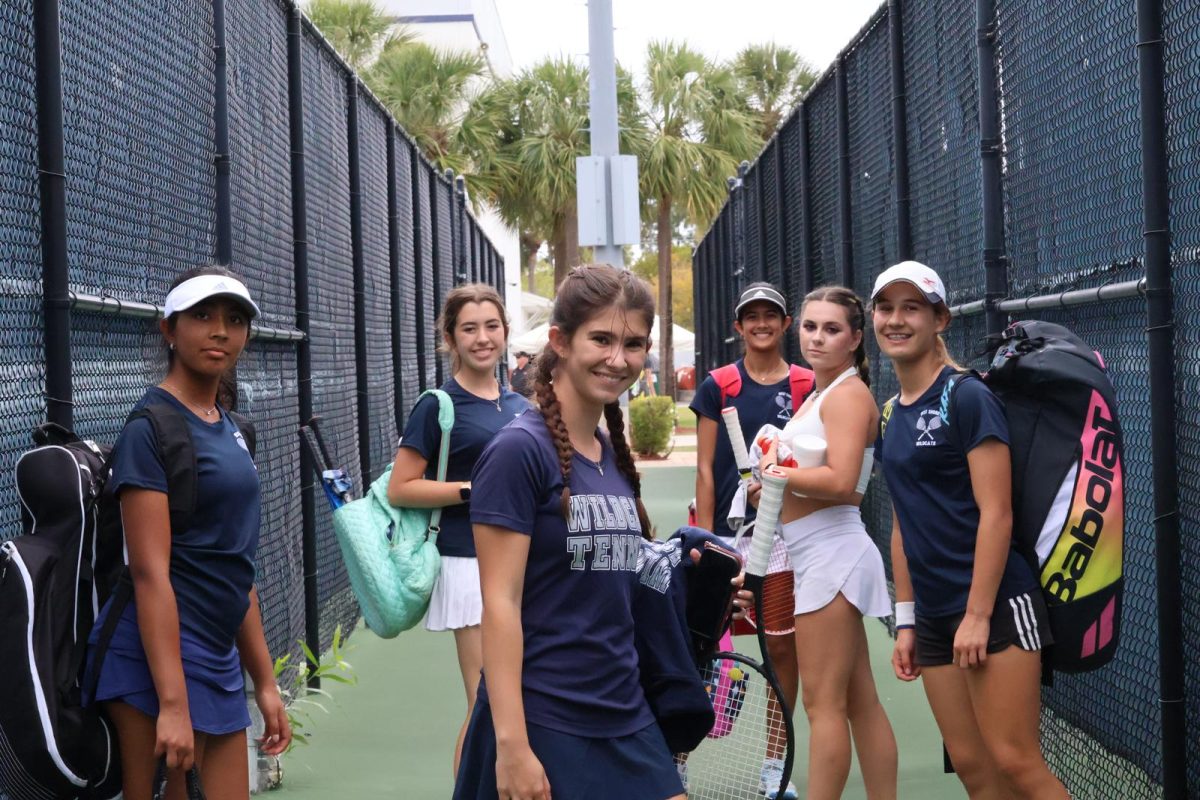
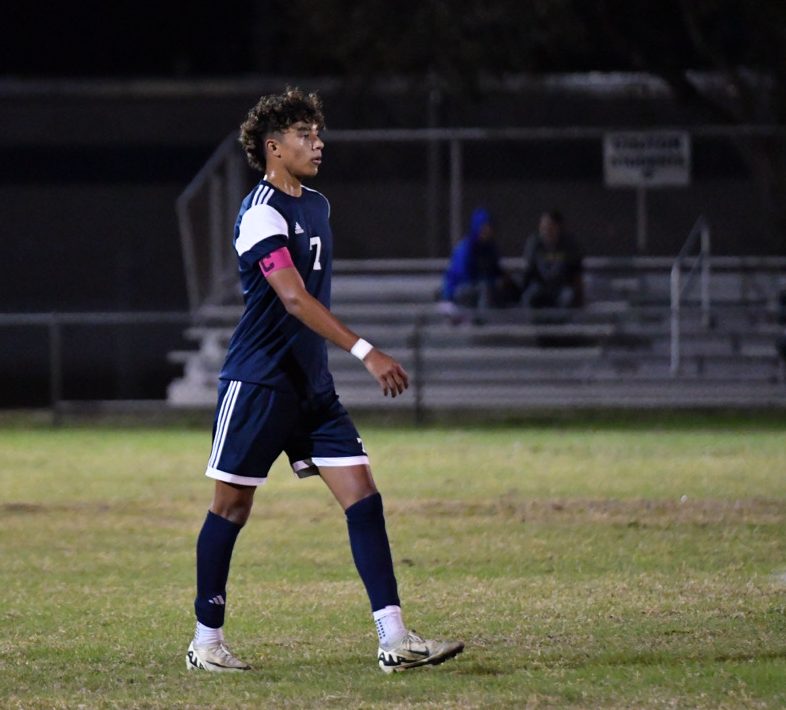
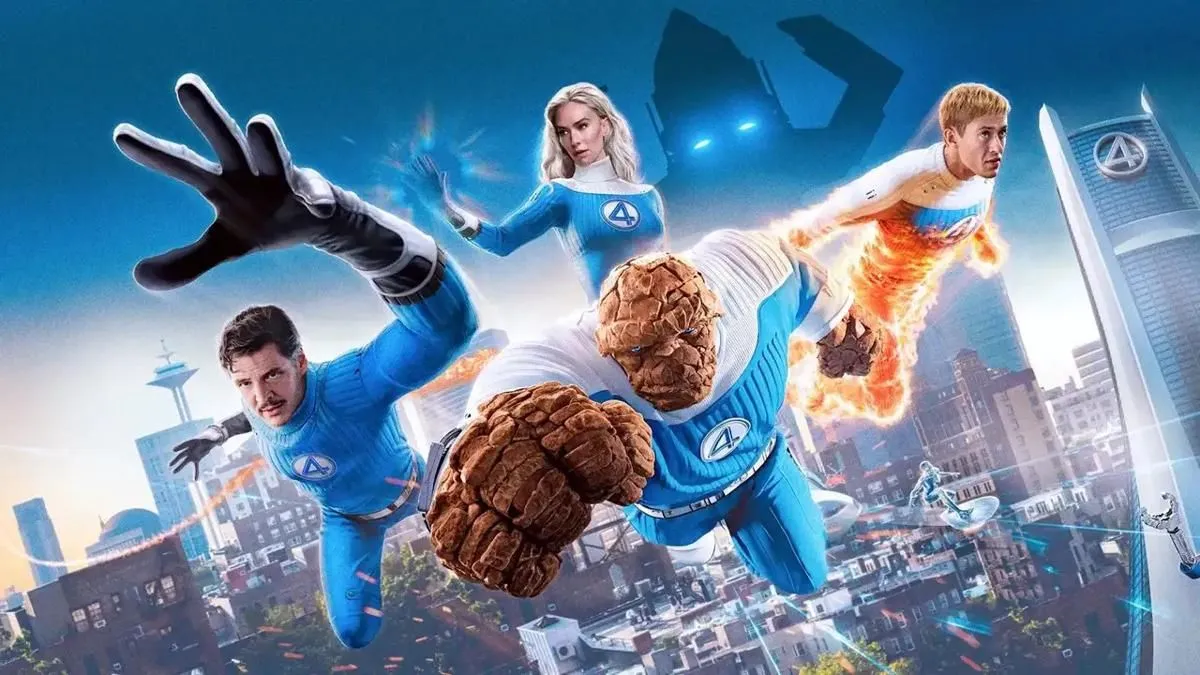
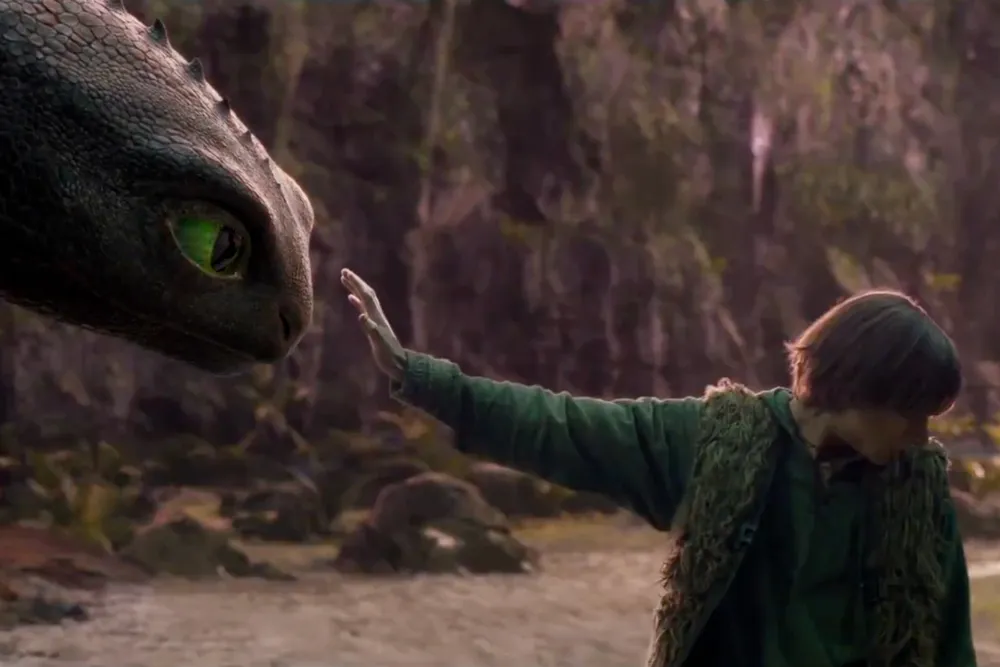

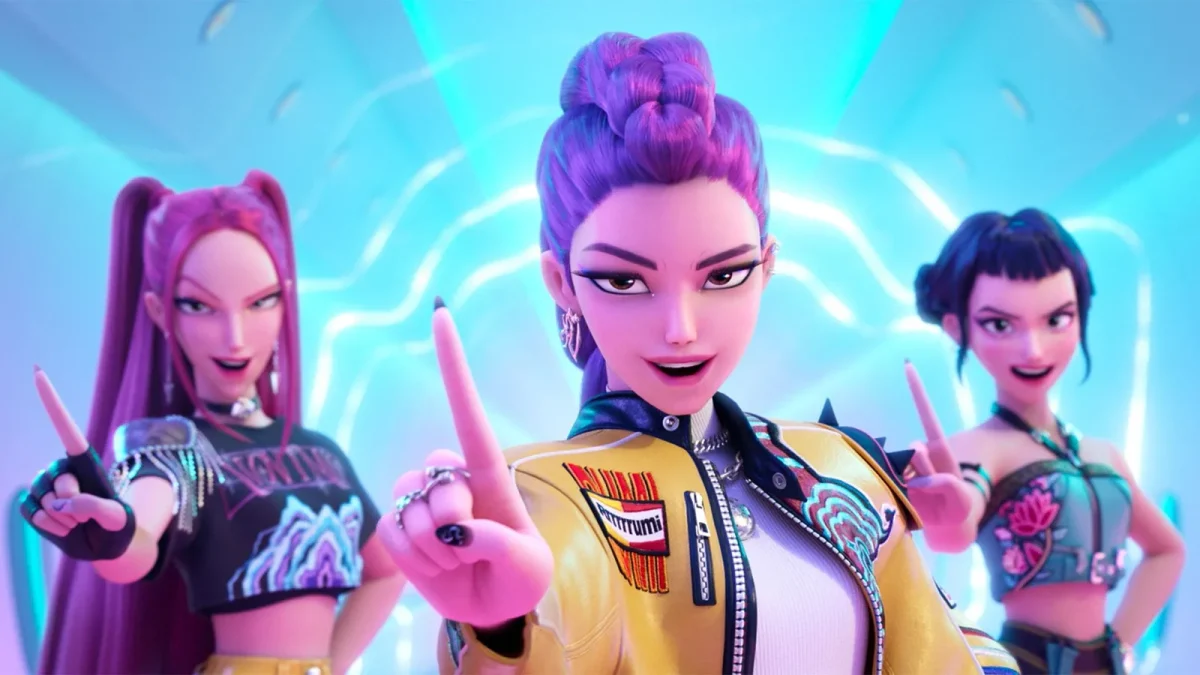
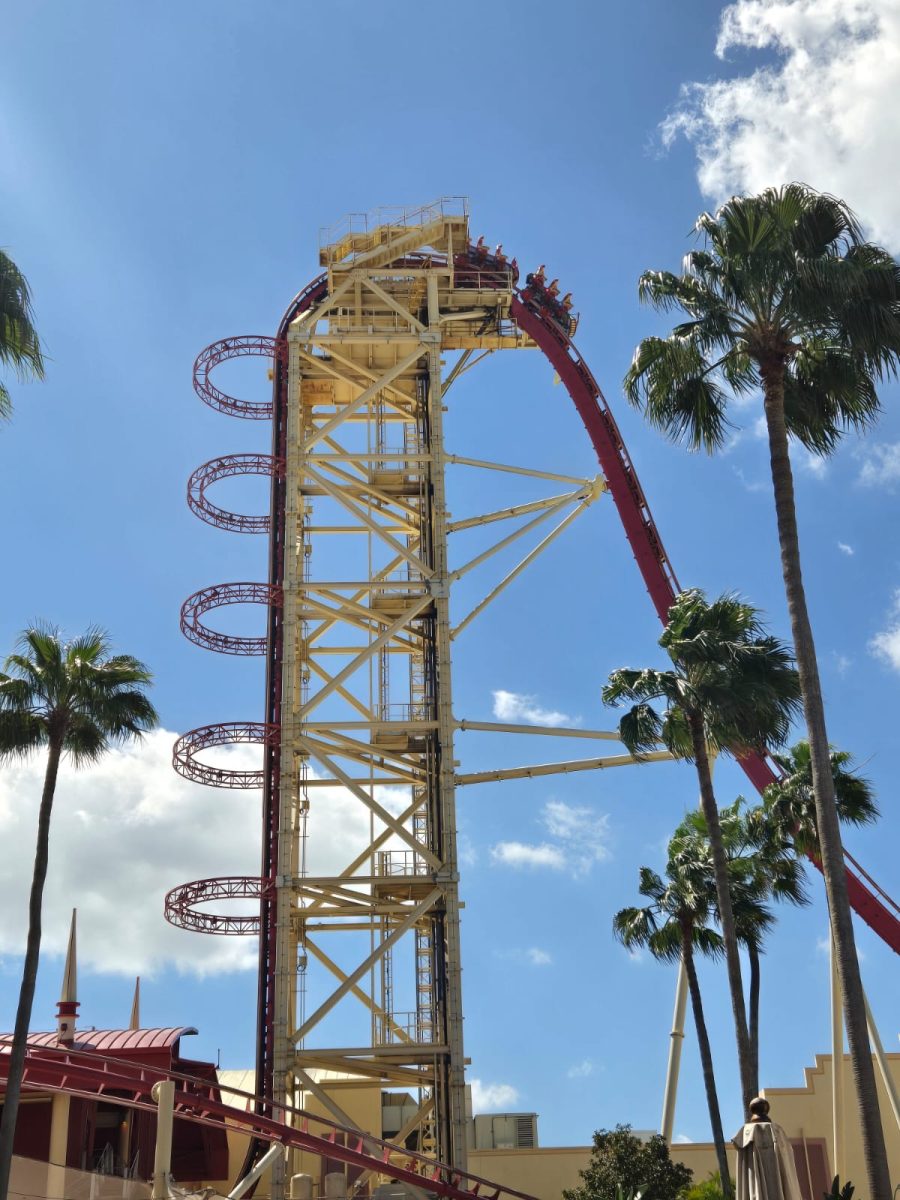
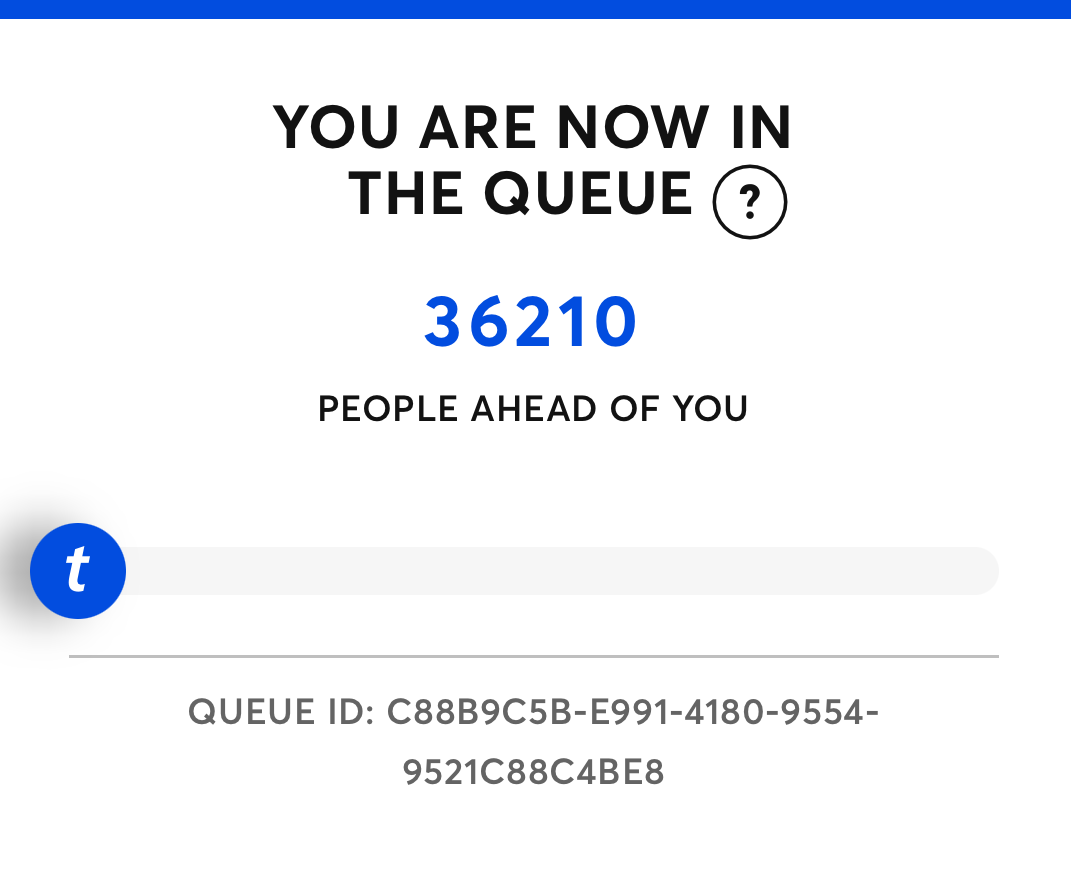
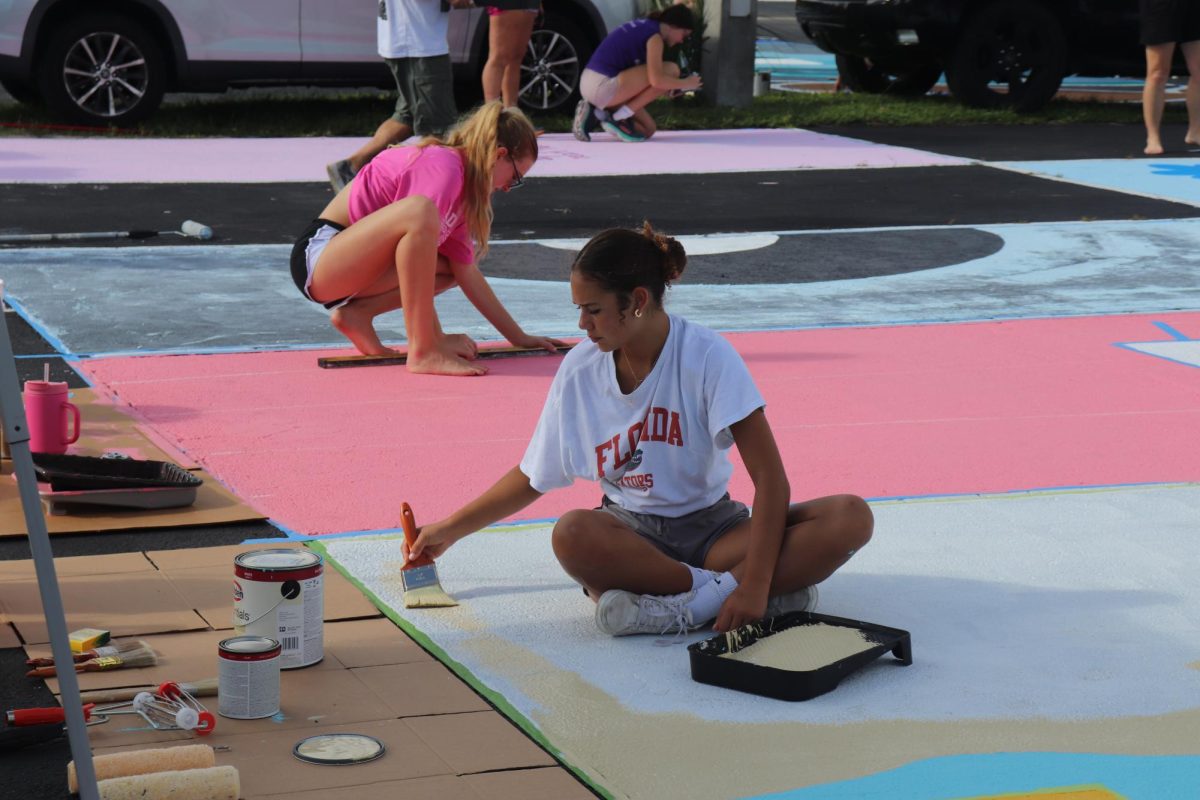
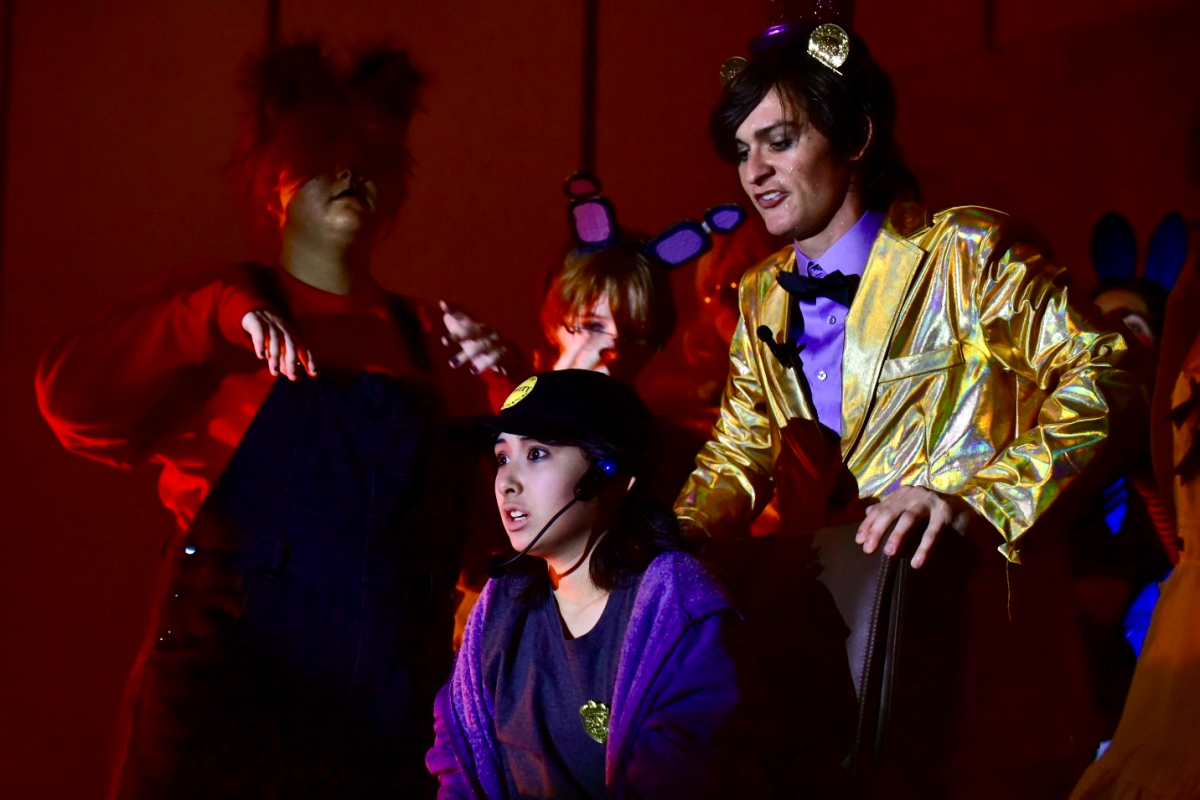
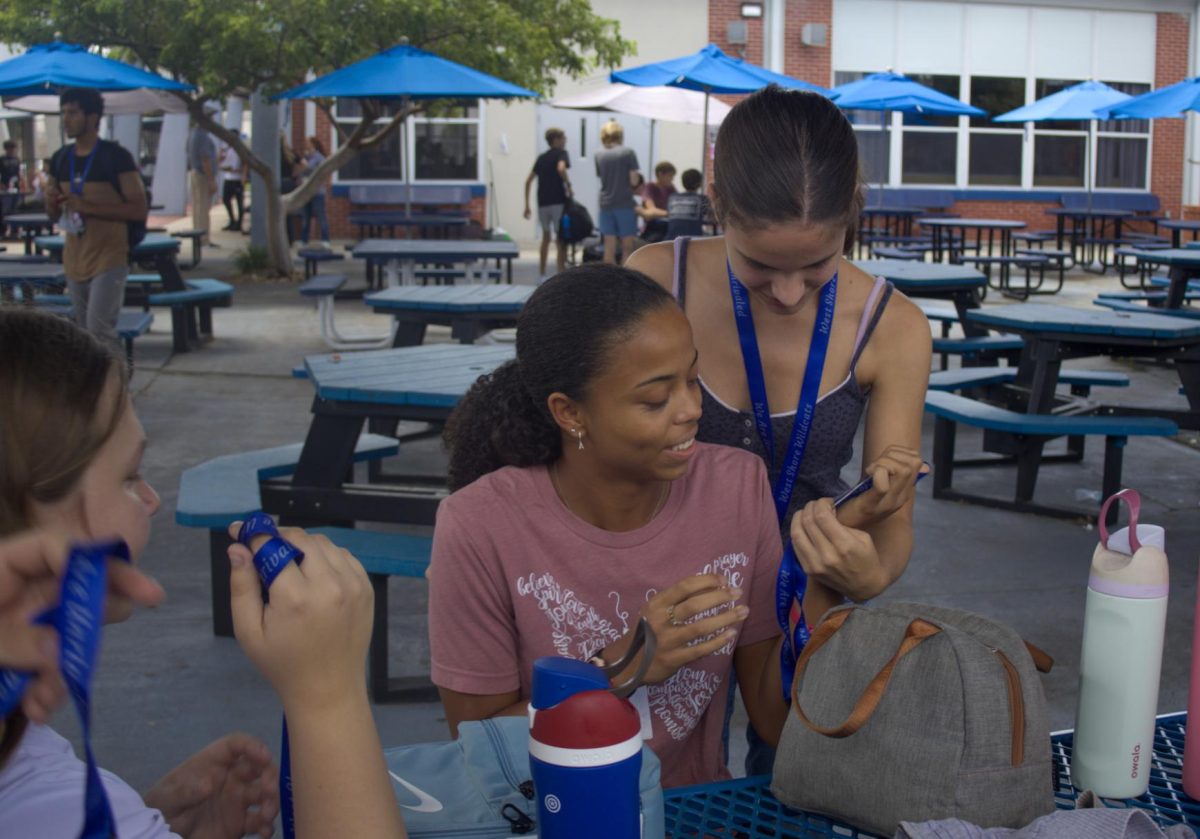
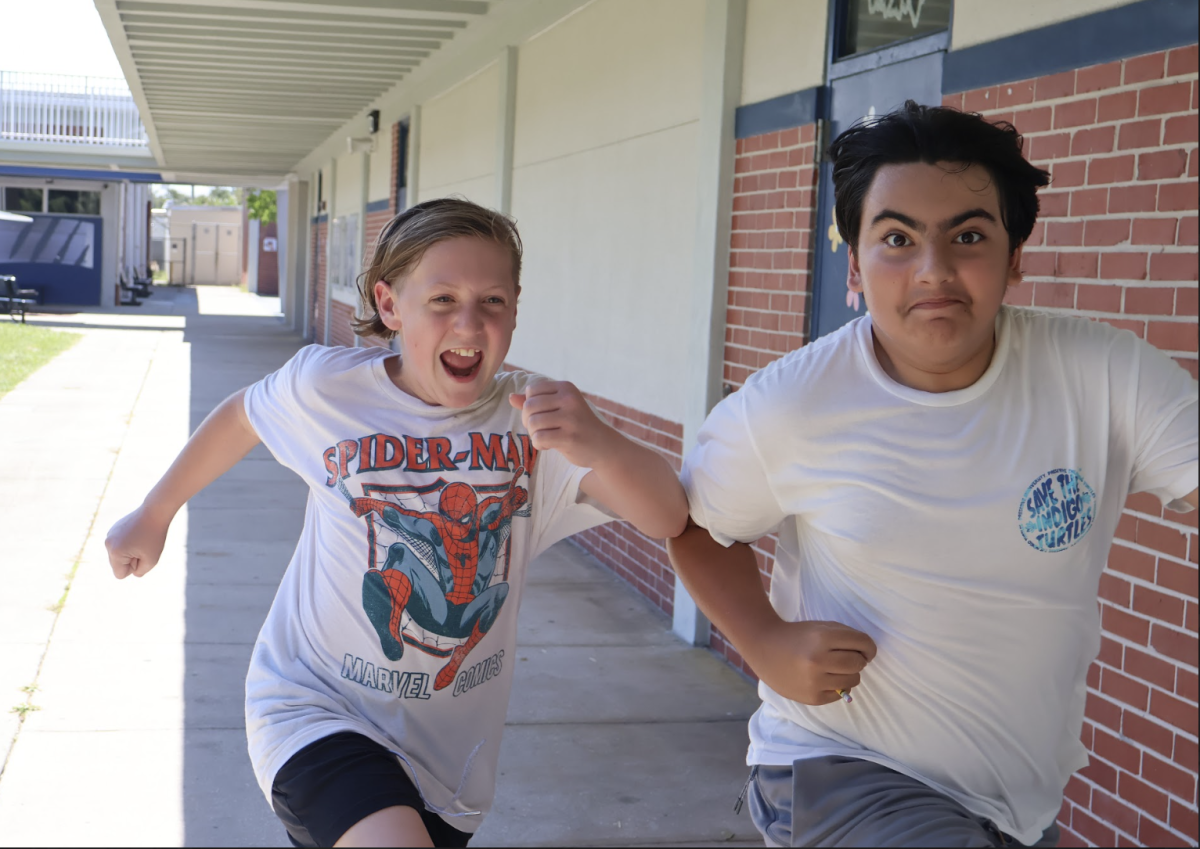
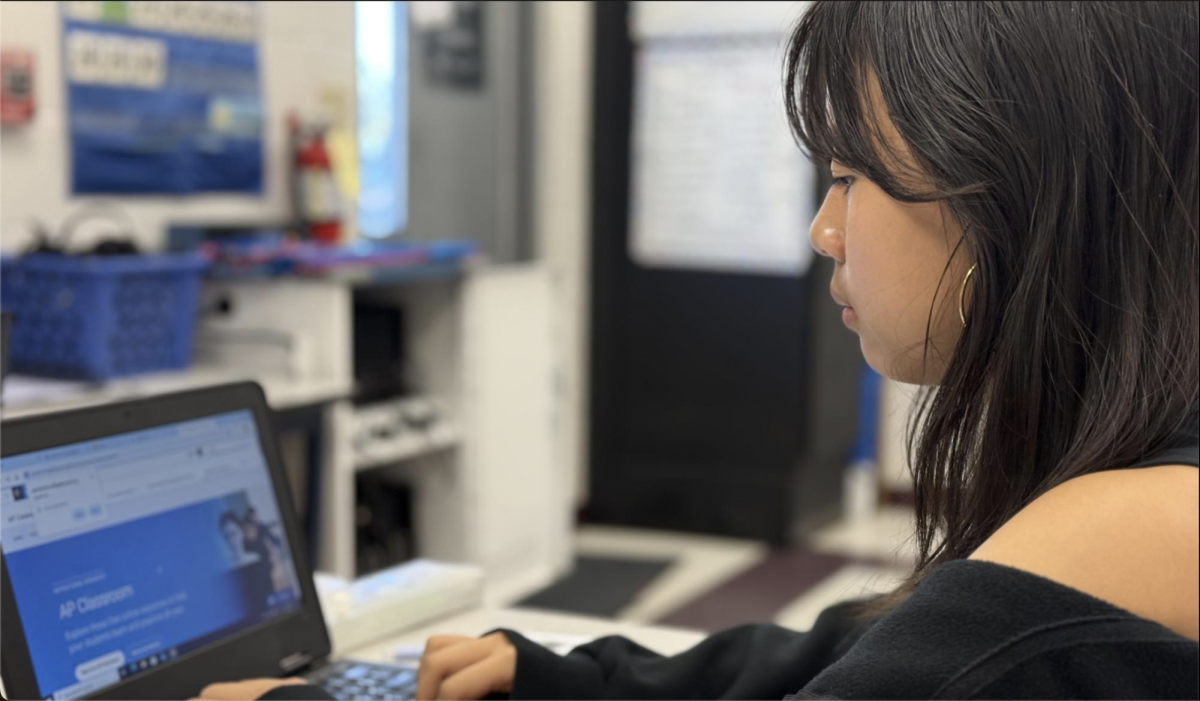
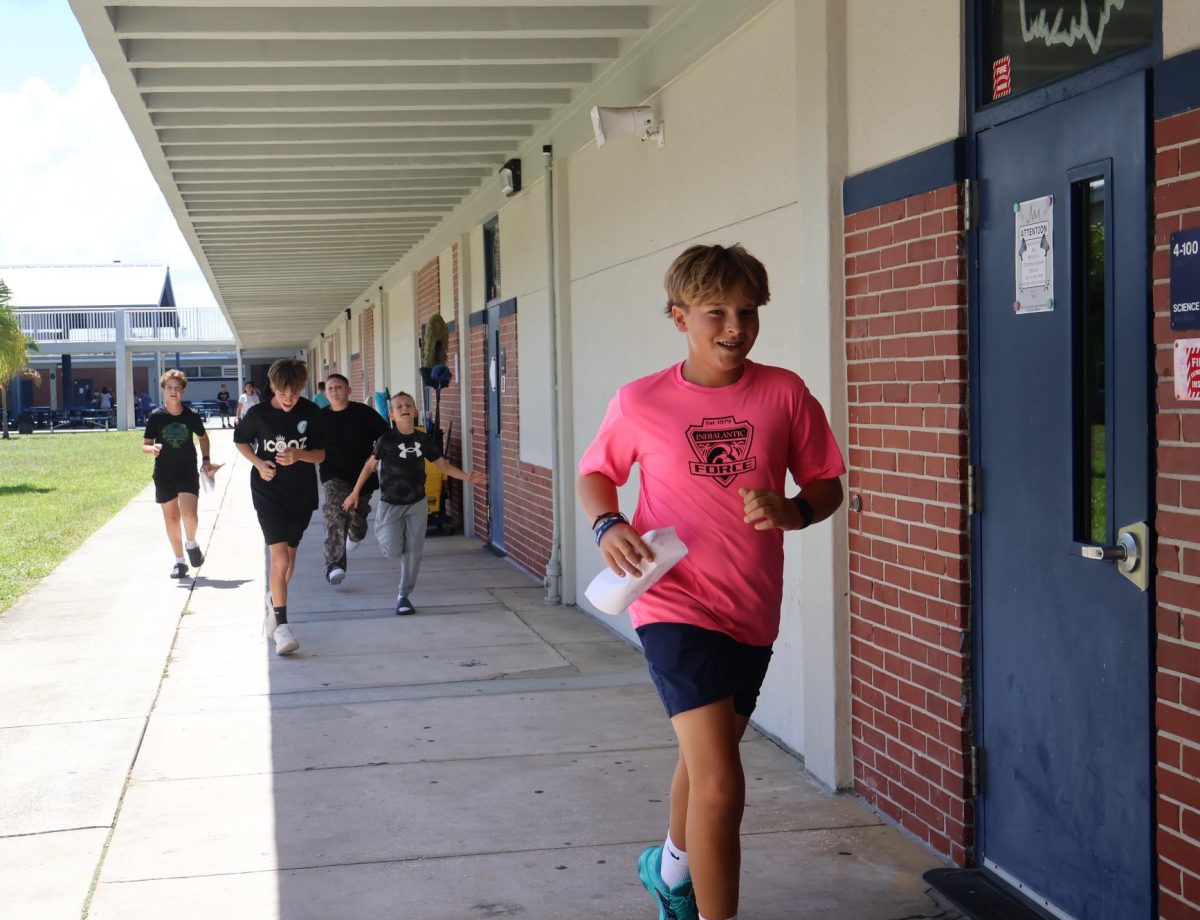
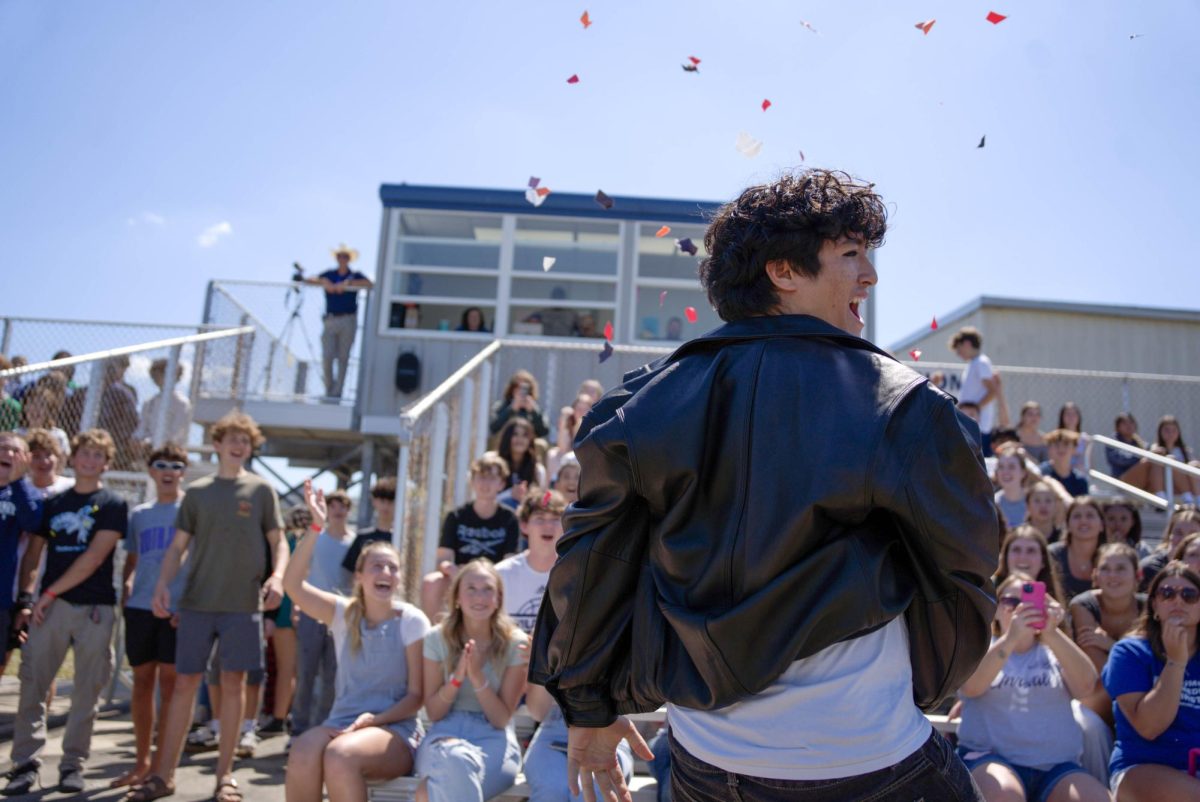
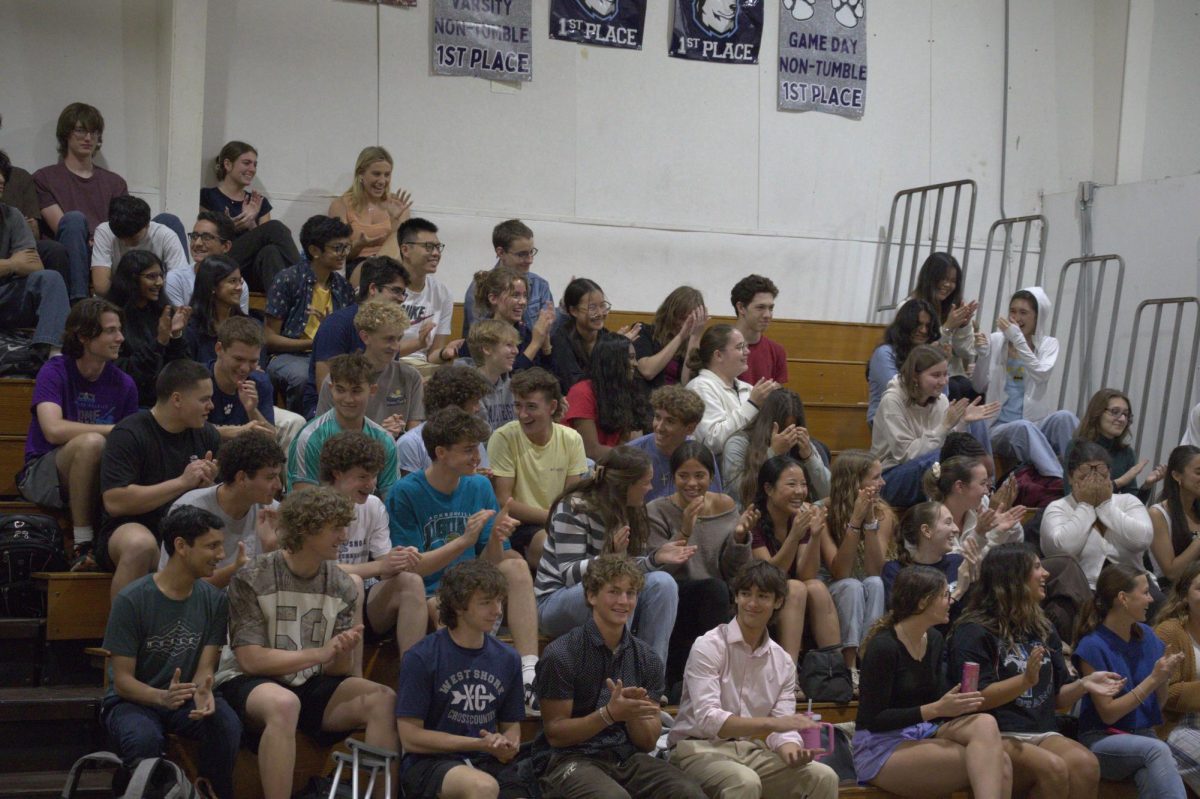
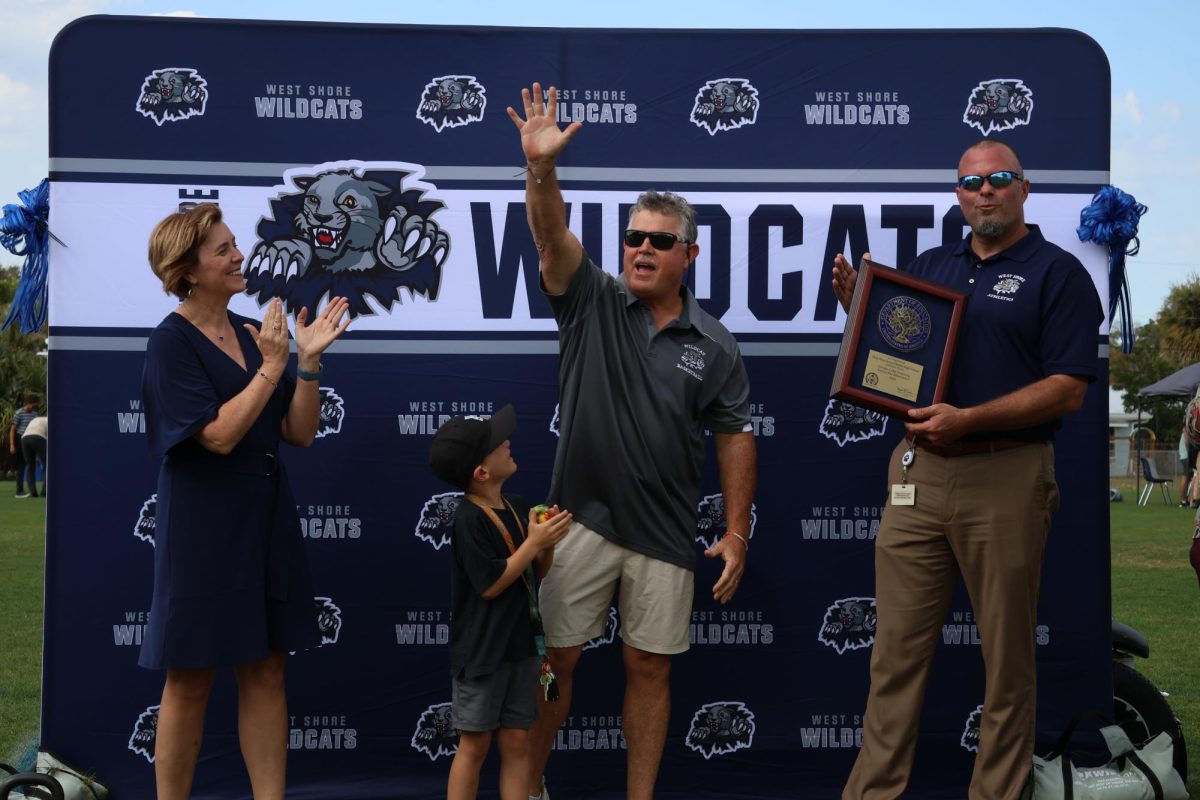
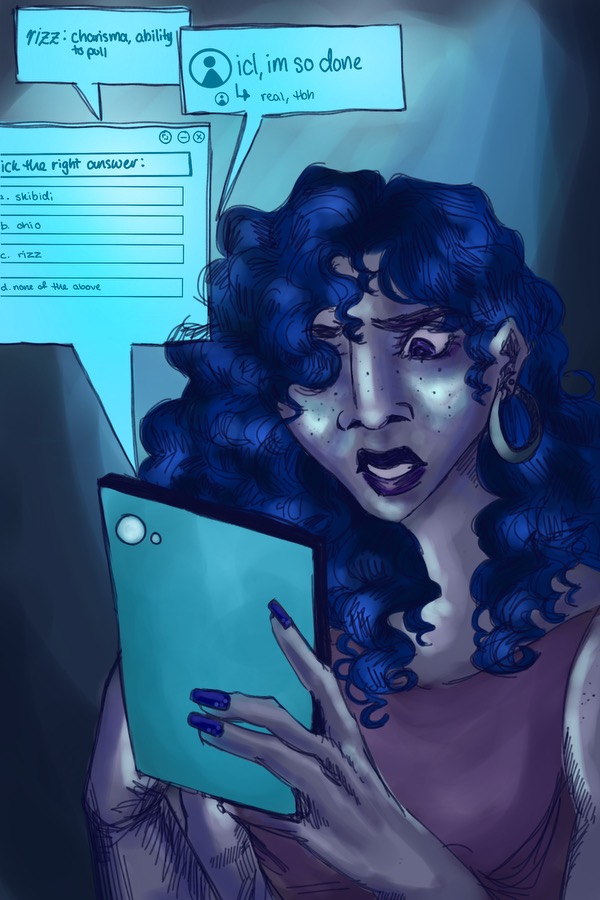
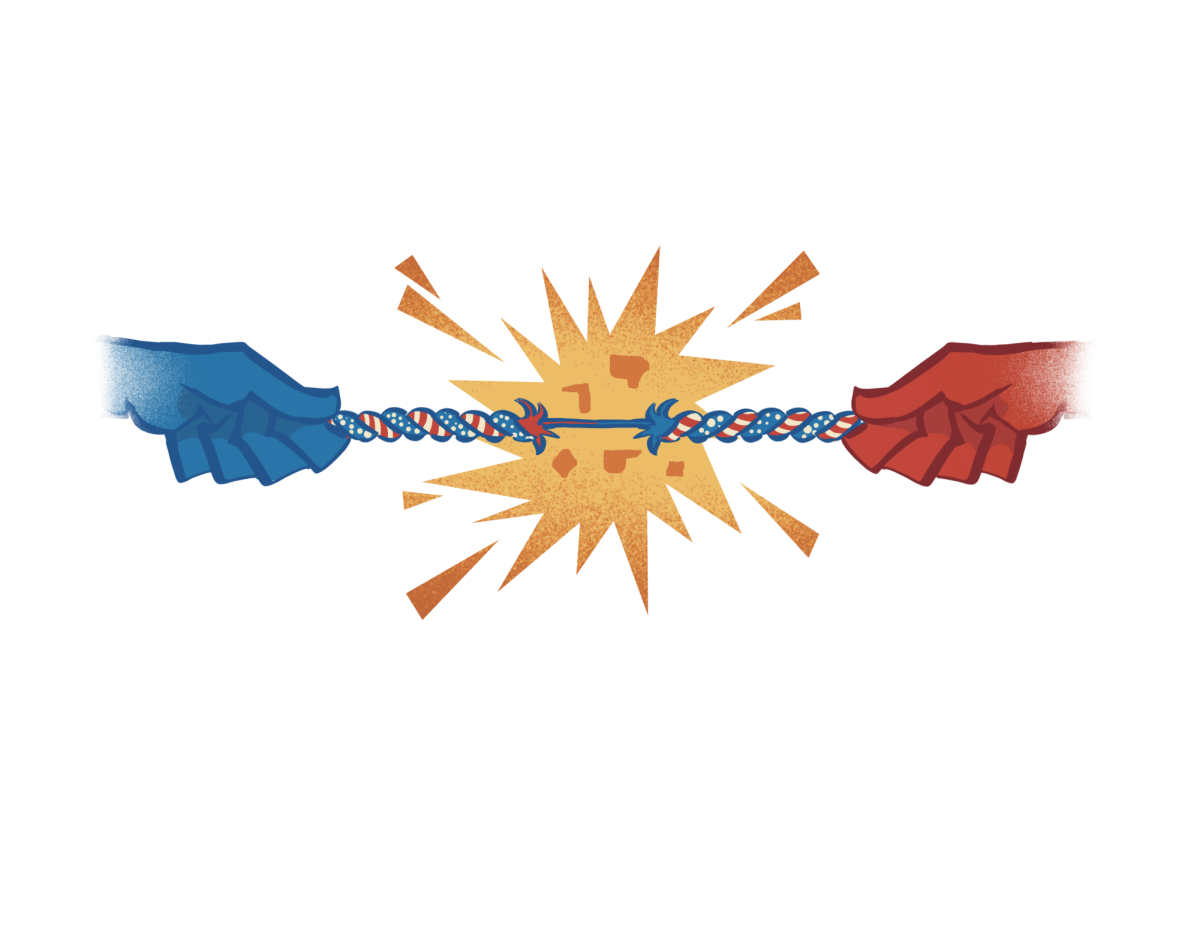

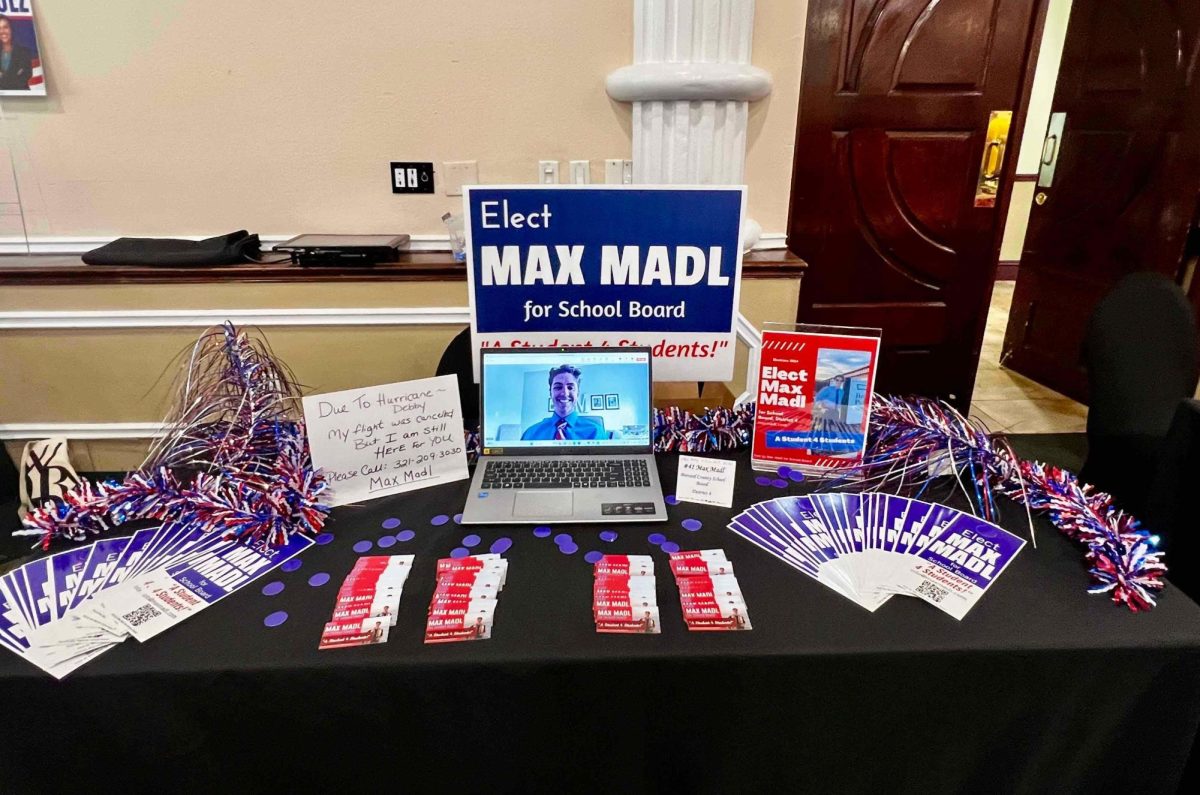

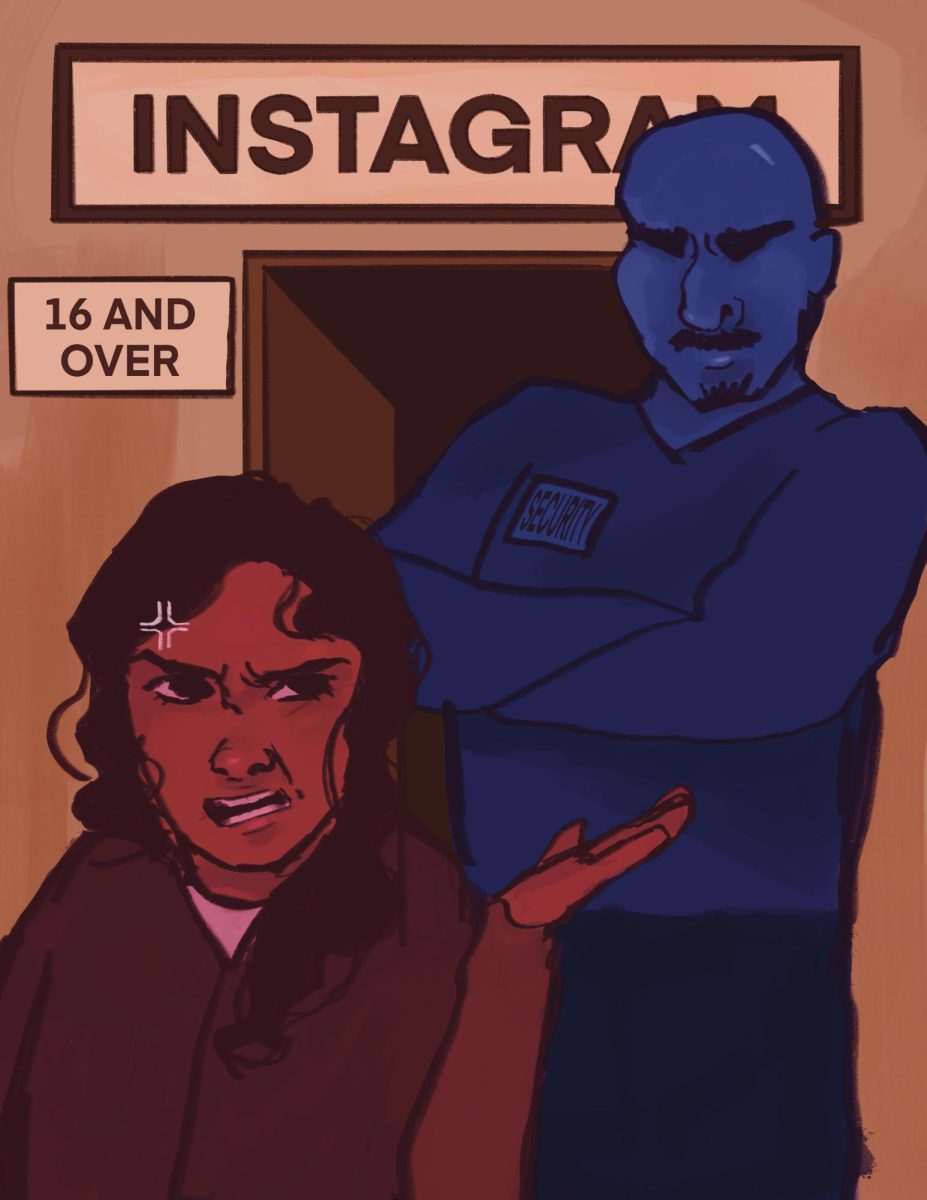
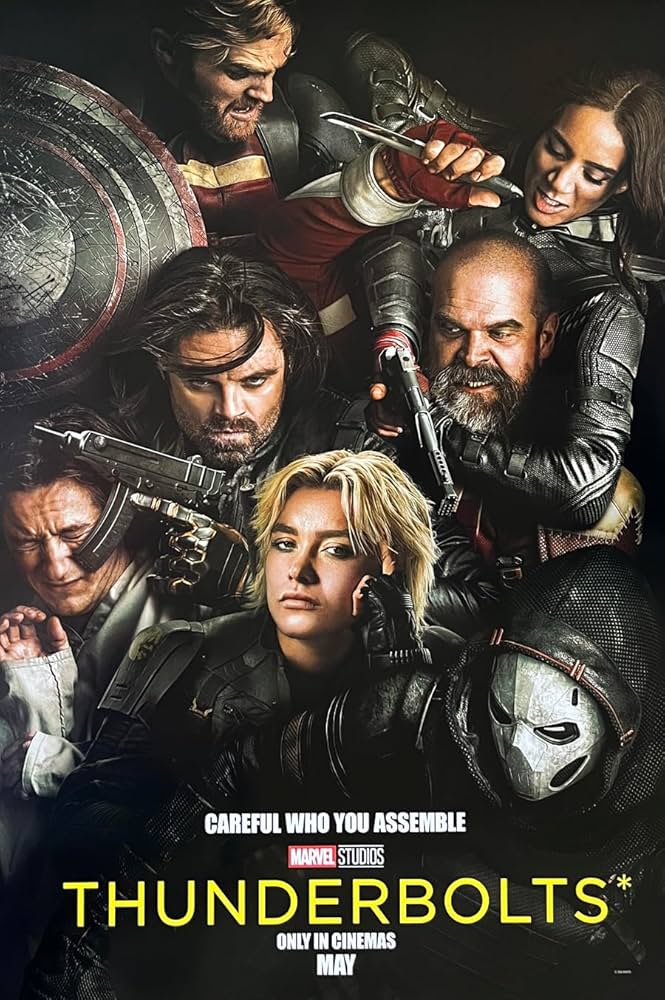


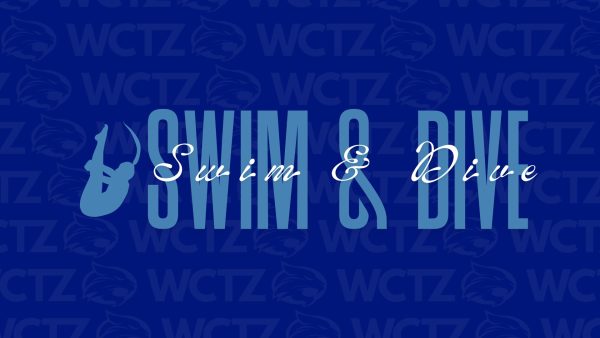
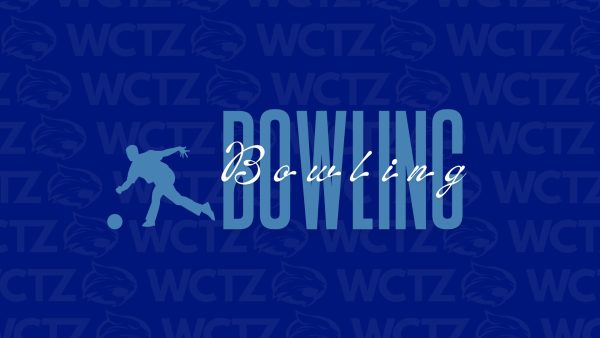
![Sophomore Isabelle Gaudry walks through the metal detector, monitored by School Resource Officer Valerie Butler, on Aug. 13. “I think [the students have] been adjusting really well," Butler said. "We've had no issues, no snafus. Everything's been running smoothly, and we've been getting kids to class on time.”](https://westshoreroar.com/wp-content/uploads/2025/08/IMG_9979-600x400.jpg)
